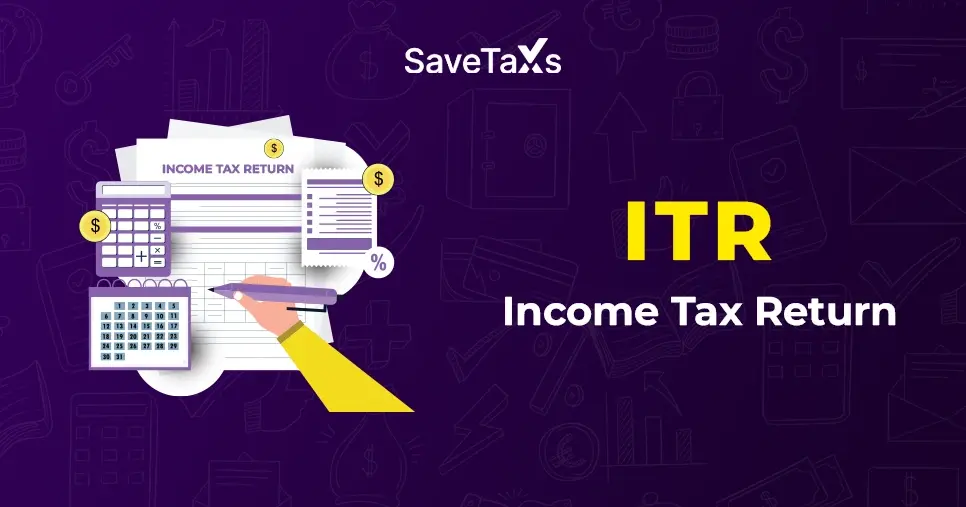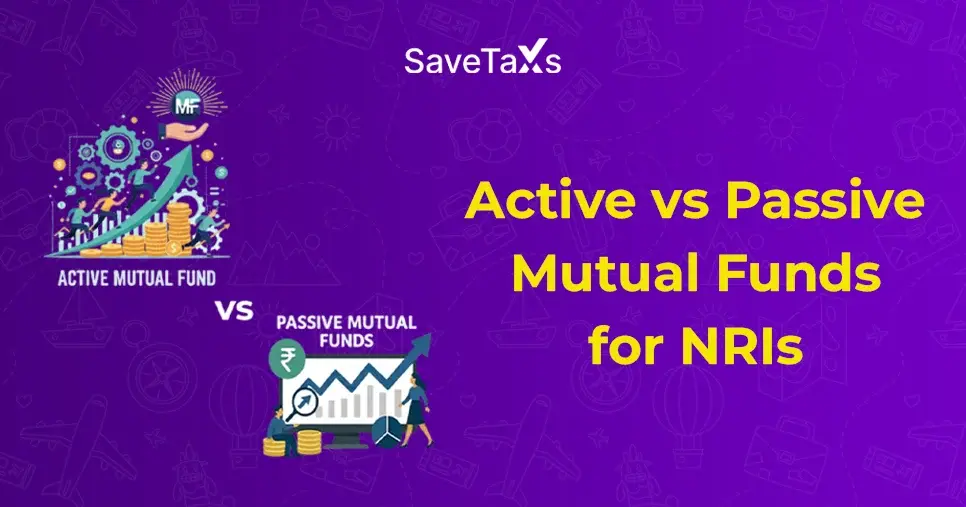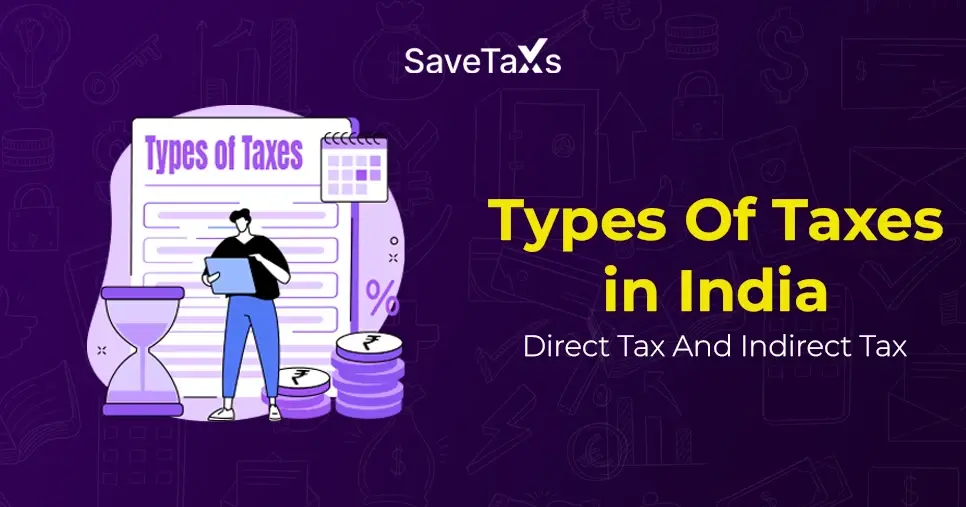- Key Takeaways
- What are Capital Gains?
- Capital Gain Taxes
- What is the Difference Between a Short-Term Vs Long-Term Capital Gain/Loss?
- What is the Tax Rate On Short-term Capital Gains?
- What is the Tax Rate On Long-Term Capital Gains?
- Net Investment Income Tax
- What is the Capital Gains Rate for Retirement Accounts?
- How Does Capital Losses Affect Taxation?
- How Can You Reduce Capital Gains Taxes?
- To Conclude
If you sell an asset for more than its original purchase price, the result is capital gain. However, there are two types of capital gains, based on how long you hold the capital asset. There is a huge difference between short vs long-term capital gains and how they are taxed.
In this blog, we will learn about the difference between short vs long-term capital gains. Also, discuss their impact on your taxes so you can reduce your tax liability.
Key Takeaways
- Capital gains are profits acquired from selling an asset. Generally, they are taxed at different rates based on the duration you hold the asset.
- Gains from selling an asset held for a year or less are called short-term capital gains. These are taxed at the same rate as your regular income, nearly 10% to 37%.
- On the contrary, gains from the sale of assets held for more than a year are called long-term capital gains. They are taxed at lower rates, from 0% to 20%, based on your taxable income.
- If your investment loses money rather than generating gains, you can use those losses to minimize your tax liability.
What are Capital Gains?
Capital gains are the profits that you acquire from selling an asset. It includes business, land, cars, boats, and investment securities like stocks and bonds. Transfer of any of these assets can incur a taxable event. You might have to report the capital gains or losses on your income taxes to the IRS.
Capital Gain Taxes
The U.S. Government has different tax rates for different kinds of income. Some capital gain types are usually taxed at a more favourable rate than your salary or interest income. For example, profits acquired from the sale of a stock held for a long time.
However, not all capital gains are treated the same way. The tax rate between short-term and long-term gains may differ significantly. An investor must understand the capital gain tax rates for both types.
What is the Difference Between a Short-Term Vs Long-Term Capital Gain/Loss?
Capital gains and losses are usually managed based on their holding period. Holding period means the duration of how long you have held a particular asset. The profits that you gain from selling an asset held for a year or below are called short-term capital gains.
On the contrary, gains acquired from assets held for more than a year are called long-term capital gains. Both gains have specific rules and different tax rates. Generally, you are required to pay less in taxes on long-term capital gains. Conversely, more taxes on short-term capital gains. Similarly, capital losses are also classified as short-term or long-term based on the same criterion.
What is the Tax Rate On Short-term Capital Gains?
Short-term capital gains typically don't offer any benefit from any special tax rate. Instead, they are taxed at the same rate as your regular income. The rate of tax is decided based on your income and filing status. The following are some more things to note about short-term capital gains:
- The holding period starts from the day after you receive the asset, up to and including the day you sell it.
- The normal tax rates range from 10% to 37%, based on your income and filing status.
Short-Term Capital Gains Tax Rates for 2024 (Filing in 2025)
| Tax Rate | 10% | 12% | 22% | 24% | 32% | 35% | 37% |
|---|---|---|---|---|---|---|---|
| Filing Status | Taxable Income | ||||||
| Single | Up to $11,600 | $11,601 to $47,150 | $47,151 to $100,525 | $100,526 to $191,950 | $191,951 to $243.725 | $243,726 to $609,350 | Over $609,350 |
| Married, Filing Jointly | Up to $23,200 | $23,201 to $94,300 | $94,301 to $201,050 | $201,051 to $383,900 | $383,901 to $487,450 | $487,451 to $731,200 | Over $731,200 |
| Married, Filing Separately | Up to $11,600 | $11,601 to $47,150 | $47,151 to $100,525 | $100,526 to $191,950 | $191,951 to $243,725 | $243,726 to $365,600 | Over $365,600 |
| Head of Household | Up to $16,550 | $16,551 to $63,100 | $63,101 to $100,500 | $100,501 to $191,950 | $191,951 to $243,700 | $243,701 to $609,350 | Over $609,350 |
Short-Term Capital Gains Tax Rates For 2025 (Filing in 2026)
| Tax Rate | 10% | 12% | 22% | 24% | 32% | 35% | 37% |
|---|---|---|---|---|---|---|---|
| Filing Status | Taxable Income | ||||||
| Single | Up to $11,925 | $11,926 to $48,475 | $48,476 to $103,350 | $103,351 to $197,300 | $197,301 to $250,525 | $250,526 to $626,350 | Over $626,350 |
| Married, Filing Jointly | Up to $23,850 | $23,851 to $96,950 | $96,951 to $206,700 | $206,701 to $394,600 | $394,601 to $501,050 | $501,051 to $751,600 | Over $751,600 |
| Married, Filing Separately | Up to $11,925 | $11,926 to $48,475 | $48,476 to $103,350 | $103,351 to $197,300 | $197,301 to $250,525 | $250,526 to $375,800 | Over $375,800 |
| Head of Household | Up to $17,000 | $17,001 to $64,850 | $64,851 to $103,350 | $103,351 to $197,300 | $197,301 to $250,500 | $250,501 to $626,350 | Over $626,350 |
What is the Tax Rate On Long-Term Capital Gains?
You can benefit from a reduced tax rate on your profits if you held the assets for more than a year and then sold them. Those who fall in the lower tax bracket could pay nothing for their US capital gains tax rate. However, as per the IRS, taxpayers with high incomes could save nearly 17% off the ordinary tax rate.
Long-Term Capital Gains Tax Rate for 2024 (filing in 2025)
| Tax Rate | 0% | 15% | 20% |
|---|---|---|---|
| Filing Status | Taxable Income | ||
| Single | Up to $47,025 | $47,026 to $518,900 | Over $518,900 |
| Married Filing Jointly | Up to $94,050 | $94,051 to $583,750 | Over $583,750 |
| Married Filing Separately | Up to $47,025 | $47,025 to $291,850 | Over $291,850 |
| Head of Household | Up to $63,000 | $63,001 to $551,350 | Over $551,350 |
Long-Term Capital Gains Tax Rate for 2025 (Filing in 2026)
| Tax Rate | 0% | 15% | 20% |
|---|---|---|---|
| Filing Status | Taxable Income | ||
| Single | Up to $48,350 | $48,351 to $533,400 | Over $533,400 |
| Married Filing Jointly | Up to $96,700 | $96,701 to $600,050 | Over $600,050 |
| Married Filing Separately | Up to $48,350 | $48,351 to $300,000 | Over $300,000 |
| Head of Household | Up to $64,750 | $64,751 to $566,700 | Over $566,700 |
Net Investment Income Tax
Apart from the capital gains tax, you might also owe the Net Investment Income tax (NIIT) when selling an asset. The NIIT is a surtax imposed at 3.8% on certain investments. It includes income earned by individuals, estates, and trusts having an adjusted gross income exceeding the specified limit.
Generally, it applies to high-income earners and people with a significant amount of capital gains. The capital gains may be acquired from investment, interest, and dividend income.
What is the Capital Gains Rate for Retirement Accounts?
There are several benefits of IRAs (Individual Retirement Accounts), and other retirement accounts. One of them is that you can delay paying taxes on capital gains. You don't need to pay tax on such an account until you withdraw money from it. This benefit applies regardless of whether you generate a short-term or long-term gain in your IRA.
On the contrary, if you withdraw all contributions and earnings from a taxable IRA or other taxable retirement accounts, it will be taxed as ordinary income. Additionally, profits acquired from long-term capital gains will also be taxed as ordinary income. So, you can enjoy the advantage of tax deferral from a retirement account. However, you do not benefit from lower long-term capital gains rates.
How Does Capital Losses Affect Taxation?
Both short-term and long-term gains have different tax rates. However, if your investment loses money instead of generating gains, the loss can attract taxes. The good thing is that you can use these losses to lower your taxes. The IRS permits you to match up your gains and losses for any year to evaluate your net capital gains or losses.
- If your result is a net loss after lowering your gains fully with your losses. Then, you can utilize up to $3,000 of it every year to lower your other taxable income.
- You can carry forward any extra losses into future years to offset capital gains. Also, up to $3,000 every year of your ordinary income can be carried forward.
- You don't generate capital gains or losses in a retirement account. So, you can't use losses in IRAs or 401(k) plans to offset gains or your other income.
How Can You Reduce Capital Gains Taxes?
There are a lot of ways using which you can reduce capital gains taxes:
- Hold the Asset for a Longer Time: If possible, try to keep an asset for more than a year before selling it. This will typically help you pay a lower capital gains rate on the profit you acquire.
- Opt For Either Tax-Deferred or Tax-Free Accounts: When you invest money in 401 (k) plans, IRA accounts, and 529 college savings plans, you can save greatly in taxes. It's because these investments can grow either tax-free or tax-deferred. This means that you don't need to pay capital gains taxes on any earnings immediately. In such a situation, you are not required to pay any tax even when you withdraw the money.
- Don't Sell Your Residence Too Early: One main exception to the capital gains tax rate on real estate profits is your main residence. If you have owned and used your home as your main residence for at least two of the five years before selling it. Then, you can generally exclude nearly $250,000 of capital gains on such real estate if you file as single or married, filing separately. However, if you file as a married, filing jointly, you can exclude up to $500,000.
Keep in mind that you cannot take the full exclusion on multiple home sales from capital gains taxes within two years.
To Conclude
Understanding the difference between short-term vs long-term capital gains is crucial. It can help the investors to make informed decision that matches their financial objectives. It will not only help you determine your returns but also the tax amount that you need to pay.
For an individual, understanding the difference between short-term vs long-term capital gains can be hectic. This is because of the requirements, exclusions, and much more. However, to avoid this, you need to contact an expert, and such an expert is Savetaxs.
We are a leading name in the U.S. taxation industry for providing the best and reliable service. We have been helping U.S. citizens for several years now, providing them peace of mind. Our team ensures that we provide the highest-quality service, ensuring that you claim every benefit. Connect with us today, and get assistance and unlimited expert tax advice throughout.

Miss Sanskriti is a certified Tax Expert. She has her expertise in US GAAP, Taxation, SOX, IRS, Accounting, and Auditing standards. Miss Saxena is an intellectual blend of a high-end auditor, tax consultant, and accountant
- IRS Estimated Taxes: Everything You Need to Know
- Self Employment Tax: Meaning & How To File It
- A Comprehensive Guide to Short Term vs. Long Term Capital Gains Taxes
- US States With Highest And Lowest Income Taxes
- Child Tax Credit - Meaning, How Does It Work And Who Qualifies
- What is modified Adjusted Gross Income (MAGI)
Want to read more? Explore Blogs
Frequently Asked Questions
No matter what your source of income is, we've got you covered. There’s a plan for everybody!
The key difference between short-term and long-term capital gains is:
- Short-term capital gain: Profits acquired from selling an asset that was held for less than 12 months. It is taxed at the regular income tax rates.
- Long-term capital gain: Profit acquired from assets that were held for more than 12 months. It is taxed at lower rates.
_1758631896.webp)


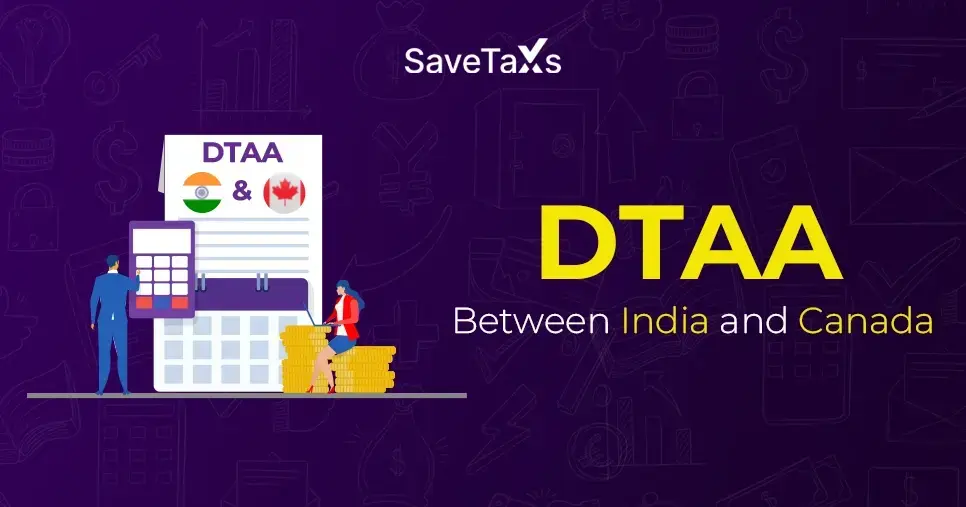
_1766396437.webp)

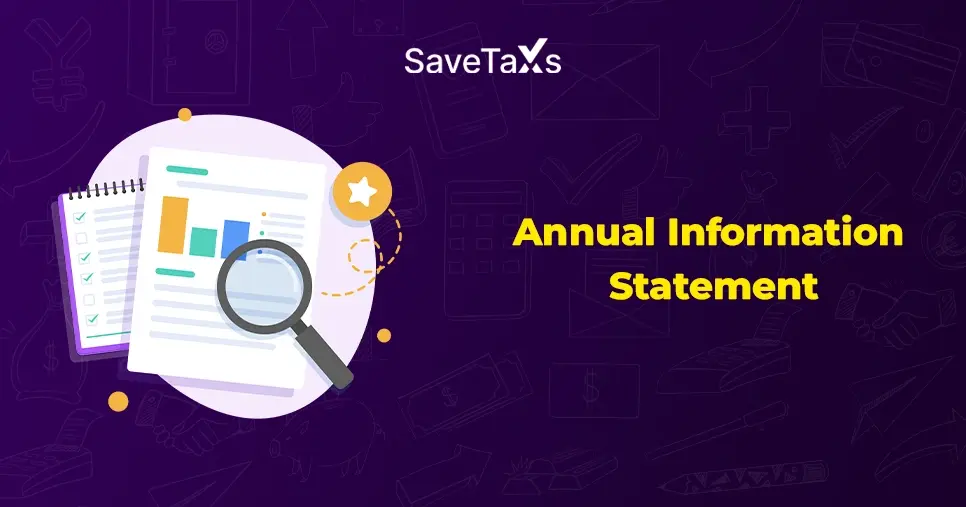
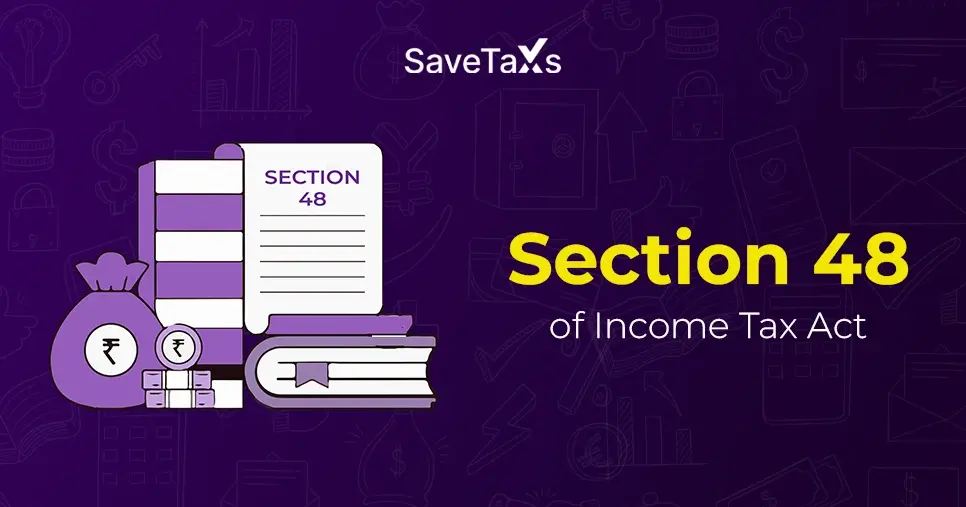


_1753429421.webp)



_1766742512.webp)

